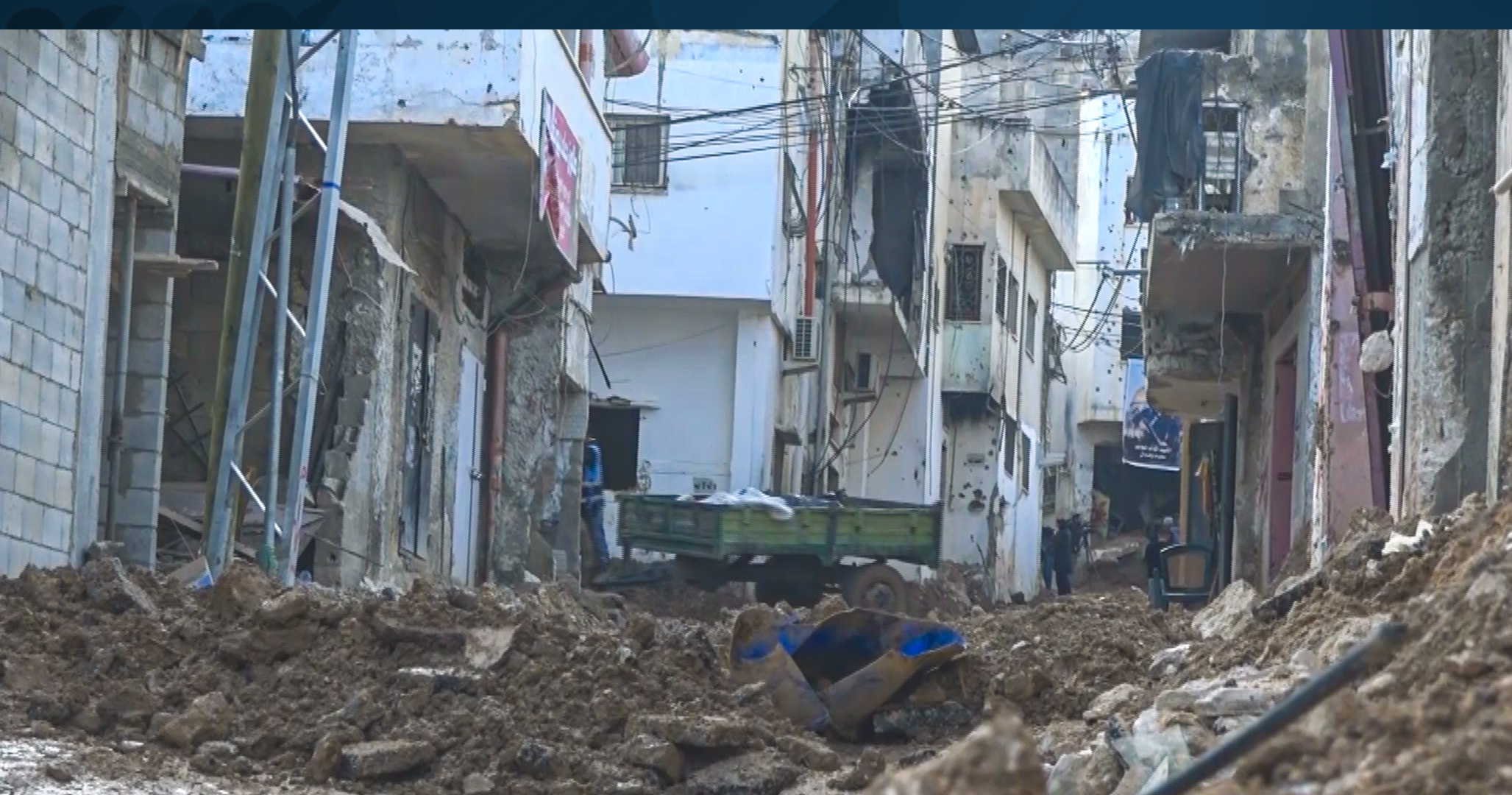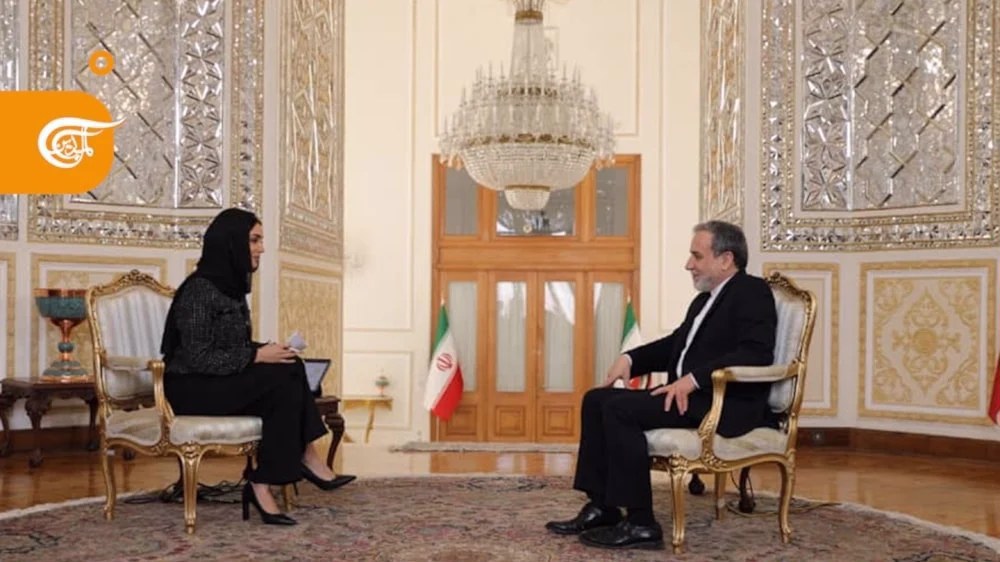Israel loosens restrictions on Gaza fishermen as part of Egypt-brokered agreement
Israel has allowed Palestinian fishermen of the besieged Gaza Strip to fish in a wider area after a week of complete closure of the fishing zone.
On Monday, Zakariya Bakr, the head of the Palestinian Fishermen Union in Gaza, announced that Israeli authorities had agreed to expand the fishing zone from 12 nautical miles (22 kilometers) to 15 nautical miles (28 kilometers), the longest distance in years.
The decision, according to Bakr, came after the Palestinian resistance movement, Hamas, which rules over the blockaded enclave, and the Tel Aviv regime reached a ceasefire after Egyptian-brokered talks.
Israel has not yet commented on the negotiations, but Prime Minister Benjamin Netanyahu is widely seen as seeking to avoid a severe escalation in the Gaza Strip ahead of the April 9 parliamentary elections.
“The fishing zone in the Gaza Strip has been expanded to a maximum of 15 nautical miles,” said COGAT, a unit in Israel’s ministry of military affairs that oversees such regulations.
The statement, however, did not say in which areas the zone would expand to 15 nautical miles. Previously, the regime had extended the zone in certain areas but not others.
Israel imposed a limit of three nautical miles on fishing in the waters off the Gaza shore until August 2014, when Palestinian fishermen were allowed to go out six miles under a ceasefire agreement reached after a deadly 50-day Israeli war in the same month.
The fishing zone is supposed to extend to 20 nautical miles under the Oslo Accords. The Oslo Accords were signed between the Israeli regime and the Palestine Liberation Organization (PLO) during the early-mid 1990s to resolve the Israeli-Palestinian conflict.
In May 2017, Israeli authorities increased the fishing area for Gaza fishermen to nine nautical miles.
Over the past few years, however, Israeli forces have carried out more than a hundred attacks on Palestinian boats, arresting dozens of fishermen and confiscating several boats. Furthermore, they time and again prevent Gazan fishermen from doing their job.
On Sunday morning, the Kerem Shalom and Erez (Beit Hanoun) crossings, which were also closed for an entire week, were reopened, allowing passage in both directions.
The Kerem Shalom land crossing between the southern Gaza Strip and the occupied territories is the main export-import terminal for the inhabitants of the sliver.
The Erez crossing is situated at the northern end of the Gaza Strip. It indirectly links Gaza to the occupied West Bank.
Tensions have been running high in Gaza since March 30 last year, when the "Great March of Return" protests started demanding the right to return for those driven out of their homeland by Israeli aggression.
More than 260 Palestinians have so far been killed and at least 26,000 others wounded in the Gaza clashes, according to the Gaza Health Ministry.
The besieged enclave has been under an Israeli siege since June 2007, which has caused a decline in living standards.
Israel has also launched three major wars against the enclave since 2008, killing thousands of Gazans and shattering the impoverished territory’s already poor infrastructure.
VIDEO | IAEA adopts anti-Iran resolution tabled by E3
VIDEO | Iran's president urges Pope to help end Israel's onslaught in Gaza
Iran's senior legal official: ICC arrest warrant for Netanyahu ‘great victory'
Nov. 21: ‘Axis of Resistance’ operations against Israeli occupation
VIDEO | Israeli forces storm West Bank’s Jenin again, target civilians
Iran activates advanced centrifuges after IAEA's 'unjust' resolution
VIDEO | Press TV's news headlines
Iran FM: Response to Israeli aggression 'inevitable'
















 This makes it easy to access the Press TV website
This makes it easy to access the Press TV website